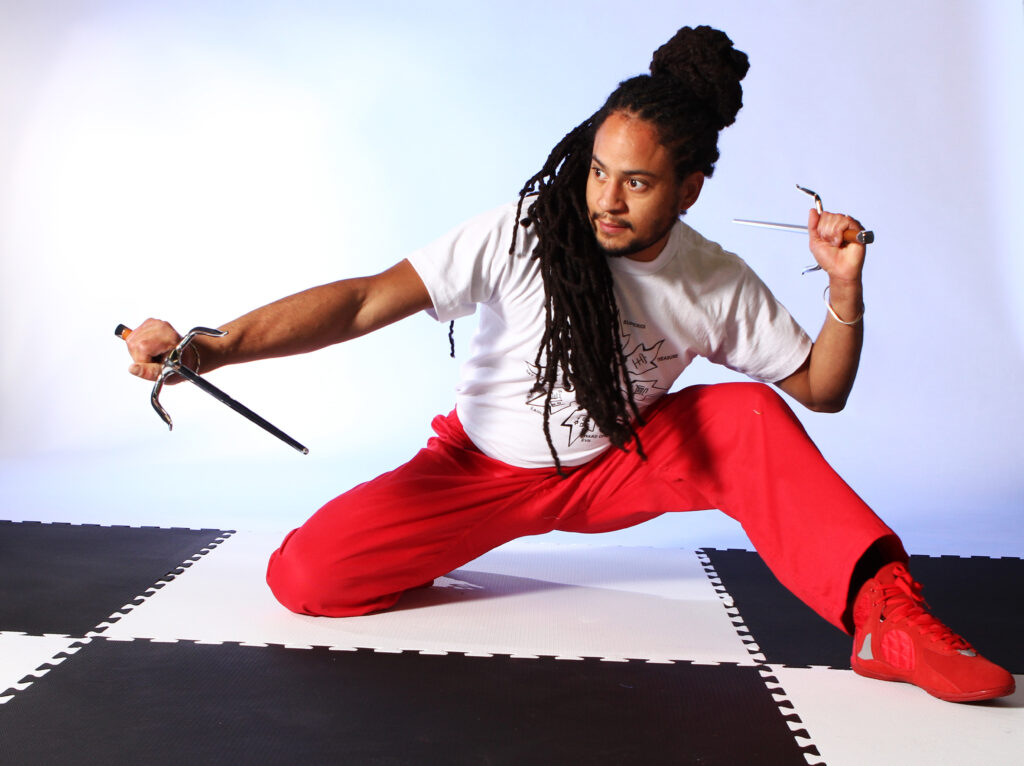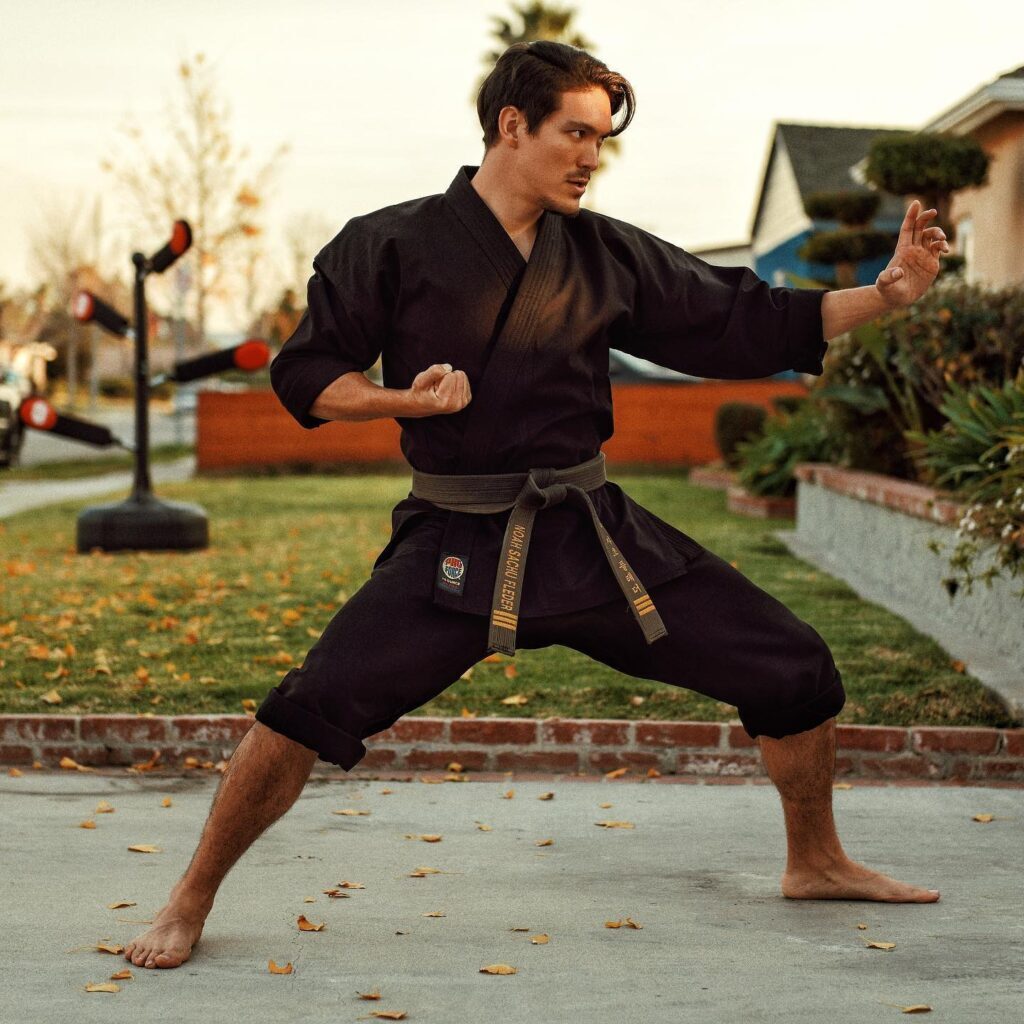
Martial arts training is an investment.
It takes years of dedicated regular training to earn a black belt. It can take hundreds of hours to properly prepare for a competition or a fight. It also takes money to pay for gym memberships, good instruction, coaching, and proper martial arts gear.
It’s a worthwhile investment. All of the time, effort, and resources you put into your training can pay you back in new skills, improved physical and mental health, new friends, a stronger sense of community, self-confidence, stronger mental focus, and so much more.
But sometimes life gets in the way and you don’t have all of the time and resources that you’ve like to be able to dedicate to your training.
That doesn’t have to be the end of your martial arts journey, tough. You might have to put your dreams of becoming a world champ on hold. Or recalculate your timeline for long-term plans like earning your black belt. But you don’t have to quit. And if you haven’t been able to start yet, you don’t have to give up on your dreams of learning a martial art, either.
Even if you only have a few free minutes in a day, you have enough time to sneak a small chunk of martial arts training into your busy life. Each little bit can add up over time, so you can stay in the game and continue to enjoy the benefits of martial arts training when you can’t be in the ring or on the mats.
Here are five simple ways that you can incorporate martial arts into your daily life:
Random Acts of Shadowboxing
Whether you have time for a round or only enough time for a few combos, you can squeeze a little bit of classic boxing and kickboxing training into your daily life. Throw a few punches while you’re making coffee. Turn commercial breaks into mini rounds while watching TV or listening to podcasts. Try some jabs, crosses, and knees before bed.
With enough consistency, those little bits will add up and you’ll start to see the improvements in skill, cardio, and muscular endurance that make shadowboxing so popular with elite level athletes and coaches. (And if you want to give your cardio, strength, and muscular endurance a boost, you can wear a pair of boxing gloves while you shadowbox for an extra challenge.)

Karate Stances at Home
On a similar note, if you have a little bit of time and space, you can introduce the basic building blocks of Karate training into your daily life. Work on a stance in the kitchen while you’re waiting for something to come out of the oven. Try one or two as you wake up and get ready in the morning. See if you can add a few to a walk with the dog. If you have the inclination—and the space to execute them safely—you can try adding punches, blocks, and kicks to your micro-Karate sessions.
If and when your skills and free time improve, you can also start putting them together into kata. Whether you keep your skills separate or put them together, you’ll still be developing strength, endurance, focus, balance, and hand-eye coordination.

Grappling Drills in Bed
You might not be able to replicate sparring and technique training when you’re on your own and you only have a few minutes to yourself, but you can very easily add drills from Brazilian Jiu-Jitsu, wrestling, Judo, and MMA training into your daily grind. Yu don’t even have to leave the comfort of your own bed to do it! Solo work like sit outs, triangle choke drills, and barrel rolls can all be done on a mattress—and it only takes a few seconds to do a few reps.
If you’re looking for a little more structure in your training—and a solid but supportive surface closer to what you’d find at a dojo—you can also put a set of jigsaw mats on your floor and do your drills there. Even a few drills at a time done on a regular basis can help you to develop your muscular strength and endurance, cardio, flexibility and mobility, and body awareness.

Meditation
Speaking of things you can do with a set of jigsaw mats, you can also build your own chill space. If the mental aspect of martial arts training is what you like—or miss—the most, you can always make that the priority of your mini at-home sessions.
One excellent way to bring the brain-building aspects of martial arts training to your overloaded life is to set up some mats on the floor, sit cross-legged, and try a small meditation routine. If you prefer to do your own thing, you can set a timer and sit in silence. If you need a little more help, you can also turn to a guided audio track. Either way, just a few minutes a day can contribute to better focus, clarity, and stress management.
Intentional Movement
“Wax on/wax off” might be a cliche, but Mr. Miyagi really was on to something when he taught Daniel that work and chores can have valuable applications to your martial arts training. And being aware of your surroundings and figuring out how to adapt to them and move within them are very important skills for any martial artist to learn. If you aren’t able to take time and space away from your daily tasks to work on your skills as a martial artist, you can do your tasks as a martial artist.
Think about what muscles you’re working when you move. Think about how it recruits your cardiovascular system and how it engages your senses. And then think about how you can apply everything you’re noticing and learning to your dedicated martial arts training when you do have the time to train again.




















